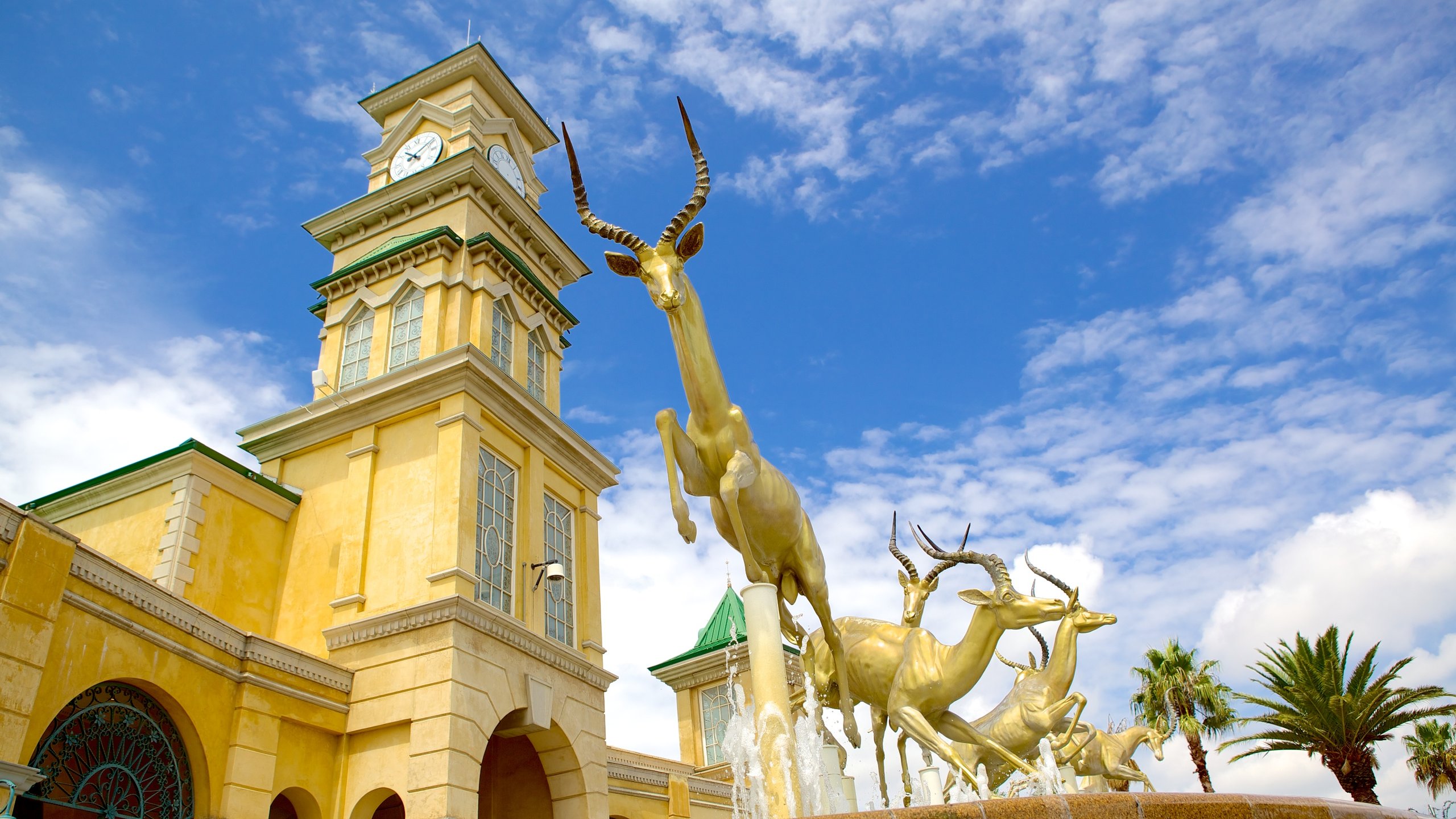Top Guidelines Of Johannesburg North Attractions
Top Guidelines Of Johannesburg North Attractions
Blog Article
The Definitive Guide to Johannesburg North Attractions
Table of ContentsRumored Buzz on Johannesburg North AttractionsJohannesburg North Attractions Can Be Fun For AnyoneHow Johannesburg North Attractions can Save You Time, Stress, and Money.The smart Trick of Johannesburg North Attractions That Nobody is Talking AboutThe 3-Minute Rule for Johannesburg North AttractionsNot known Incorrect Statements About Johannesburg North Attractions
The city owes its area to the presence of a a lot more priceless resource: gold. The city grew on the side of the Witwatersrand Main Reef, a below ground stratum of gold-bearing quartz-silica corporation that arcs for hundreds of miles beneath the Highveld. Many of the gold mines in the city ceased operation in the 1970s, but in its day the Witwatersrand gold industry accounted for more than 40 percent of the world's yearly gold manufacturing.Johannesburg has a pleasant climate. Summertime temperatures average about 75 F (24 C); winter temperature levels balance about 55 F (13 C) and only periodically dip below freezing. The city takes pleasure in about 8 hours of sunlight each day in both winter months and summer. Rainfall averages regarding 28 inches (700 millimetres) per annum, but the complete differs substantially from year to year.
What rain the city gets drops practically exclusively in the summertime, often in stunning late-afternoon electrical tornados. Air air pollution poses a significant trouble, specifically in the wintertime months, when thermal inversions restrain the westward circulation of air from the Indian Sea. Air pollution is most serious in the largely resolved Black territories on the city's perimeter, where many locals still depend on coal for gas.

Things about Johannesburg North Attractions
The balance of the city is occupied by whites. Lodging differs in character and top quality.
Physical growth, although somewhat limited by transport, proceeded quickly as immigration to South Africa, and Johannesburg in specific, raised substantially.
The majority of inadequate residential areas were combined, with bad blacks and whites cohabiting, although the wealthy residential areas were usually booked for whites. This altered with the political election of the National Celebration in the 1948 elections, who started to formalise the system referred to as apartheid. Racism officially designated which suburban areas each race might live in under the Group Areas Act.
The estimated population of the region is 200,000, [] The number of individuals living in the internal city on a casual basis is unidentified, as several are illegal immigrants. Most higher-income locals and white people have relocated to the northern suburbs and have been changed by lower-income black people. The unemployment, education and learning, and age accounts of the location are all unidentified, because of the difficulty of acquiring trustworthy information about the location.
Not known Factual Statements About Johannesburg North Attractions
Centred on the CBD, the region consists of the residential areas of Yeoville, Bellevue, Troyeville, Jeppestown, and Berea to the east. To the west it infects Pageview (Johannesburg North attractions) and Fordsburg. There are small enterprise zones to the south, such as like this City West-Denver and Benrose. Around 800,000 commuters pass through the central city every day, and it functions as a regional purchasing node for site visitors from the southerly suburban areas. Yeoville and Bellevue have a mix of apartment buildings and solitary household devices on tiny great deals. The region lies on a mountainous divide that ranges from east to west. The most noticeable geographical function is Observatory Ridge, pop over here which is named for the huge observatory located on it. The entertainment areas are no longer used, because of protection issues.

Everything about Johannesburg North Attractions
The eastern suburban areas are some of the earliest locations of Johannesburg, there are more helpful hints huge neighborhoods of Jewish and various other European histories, the majority of the population is English speaking. There are three golf programs as well as a number of secured ridges with viewsites.
The location is mostly composed of old "matchbox" houses, or four-room residences developed by the federal government, that were constructed to offer low-cost accommodation for black workers during apartheid. Soweto is an acronym, representing "South Western Townships". Road after street around is lined with matchboxes; nevertheless, there are a few smaller locations where prosperous Sowetans have developed houses that are more similar in stature with those in more upscale suburbs.
Hostels are an additional prominent physical attribute of Soweto. Initially built to house male migrant employees, many have been boosted as dwellings for pairs and family members. The N1 Western Bypass skirts the eastern limit of Soweto. The residential area was not historically permitted to develop employment centres within the location, so practically all of its homeowners are commuters to various other components of the city.
The 15-Second Trick For Johannesburg North Attractions
The N1 Western Bypass links the north residential areas with the north-western suburbs. The houses in the northern residential areas are primarily formal, without substantial locations of casual real estate, or real estate that does not have a permanent framework. Although this is an established area, there is a fad of land usage modification from domestic to business, specifically along primary arterial roads and around established nodes.
Roads to the east and west are less well created, as there are no freeways taking a trip in that direction. Towards the north boundary of the city, the thickness of growth decreases, leaving huge locations of undeveloped land around Midrand.
The Ultimate Guide To Johannesburg North Attractions
The initial residential area to the north of the inner city is Parktown, which lies on a hill neglecting the internal city and Hillbrow. It has several wealthy citizens and Edwardian-style estates, along with the Education and learning and Clinical schools of the College of the Witwatersrand. The big concrete Charlotte Maxeke Johannesburg Academic Hospital dominates the horizon of Parktown.
Report this page